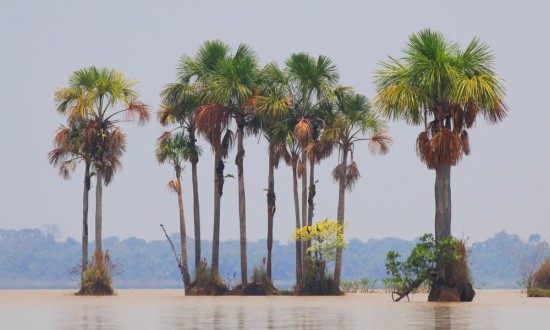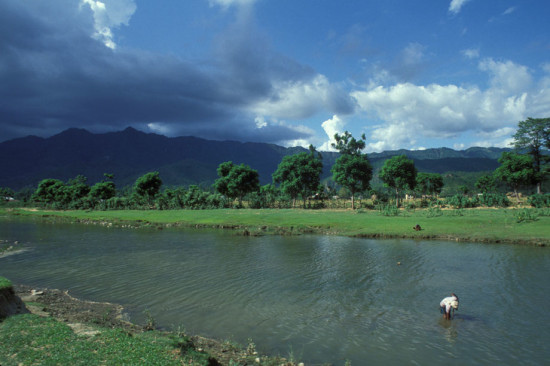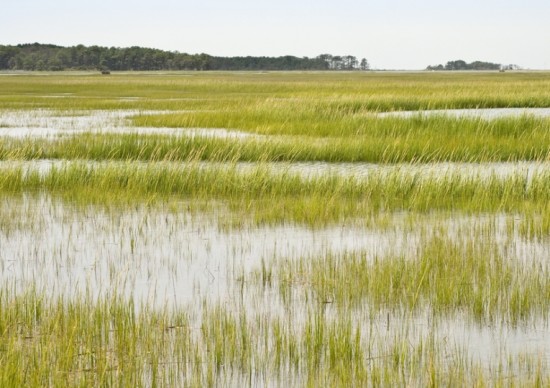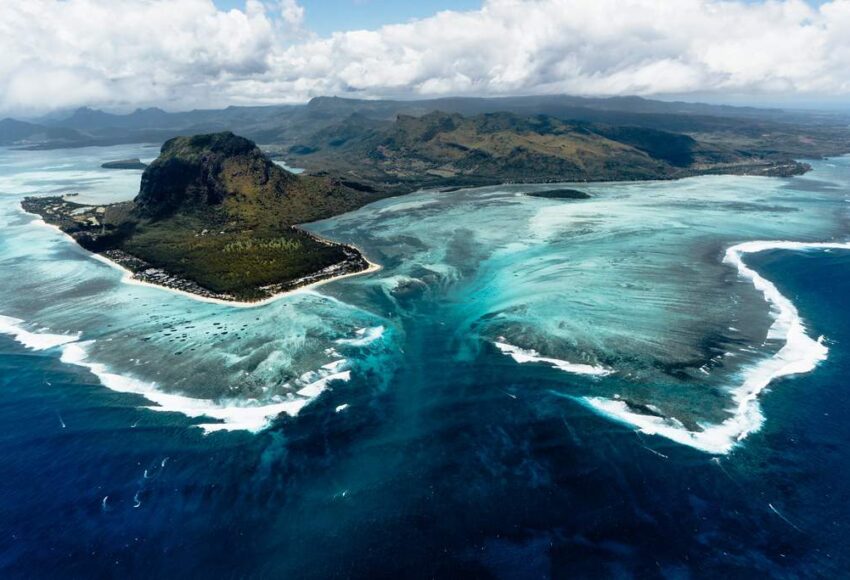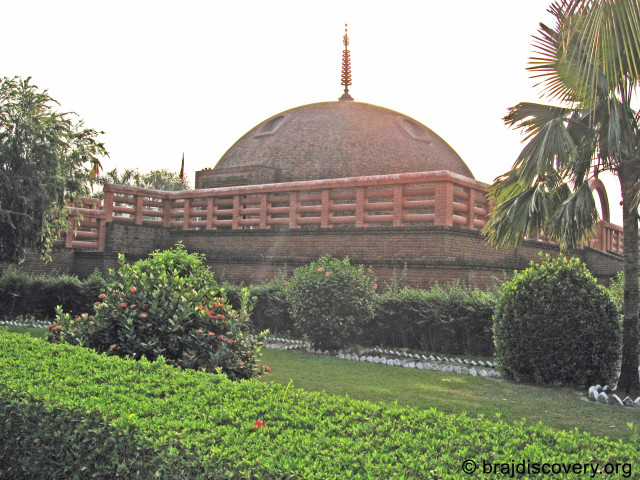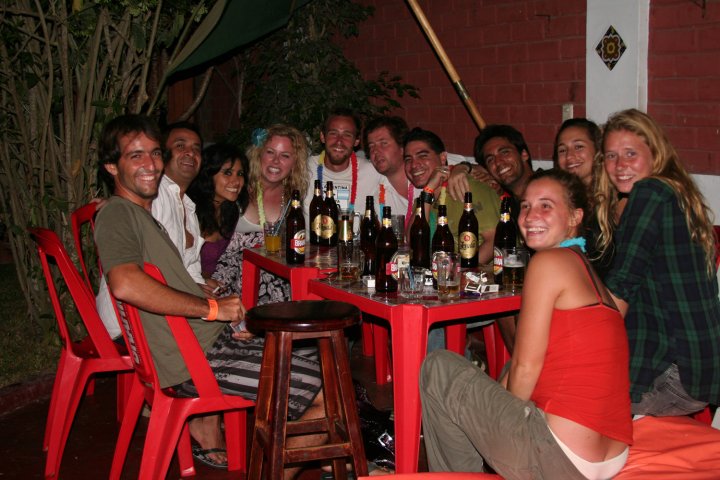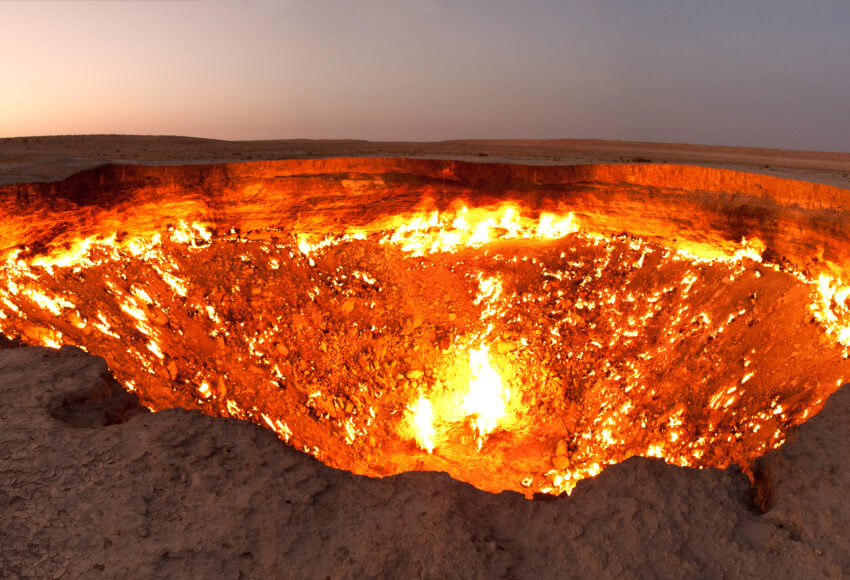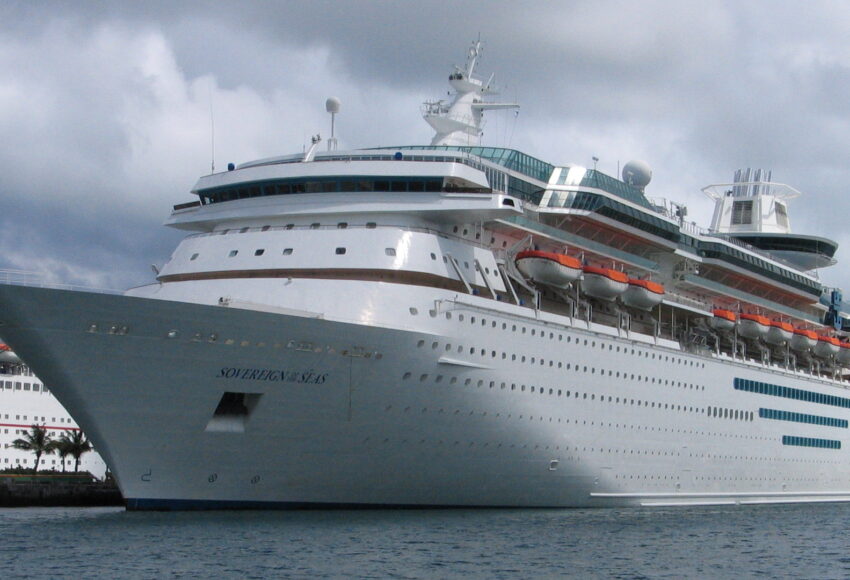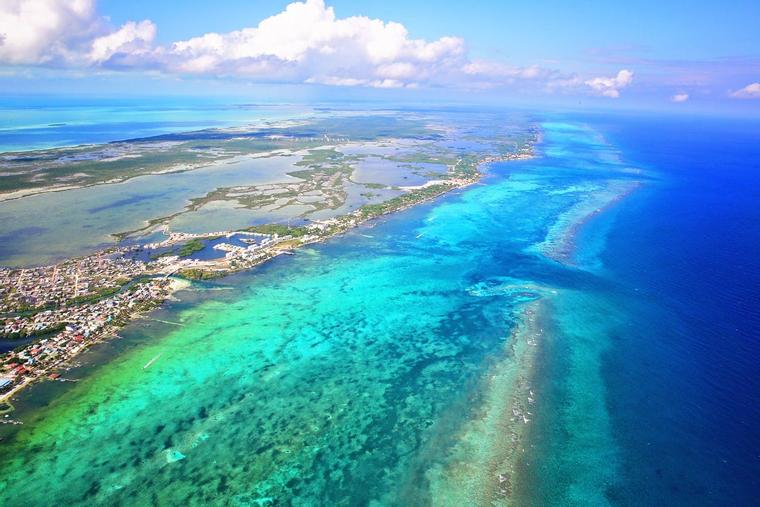Kerala backwaters
The Kerala backwaters are a chain of lagoons and lakes lying parallel to the Arabian Sea coast in the Kerala state in southern India. The network includes five large lakes linked by canals, both manmade and natural, fed by 38 rivers. The backwaters are home to many unique species of aquatic life including crabs, frogs and mudskippers, water birds and animals such as otters and turtles. Today, houseboat tourism is the most popular activity in backwaters, with several large Kettuvallams (traditional rice boats, now converted into floating hotels)ply the waterways.
Everglades
Located in the state of Florida, The Everglades are a vast, shallow, slow moving river of grass that extends from Lake Okeechobee to Florida Bay. During the dry season it dries up except for the deeper places. The region is home to over twenty different kinds of birds and hundreds of other species. Many pets have escaped or been released into the Everglades from the surrounding urban areas. Native to southern Asia, the Burmese python is now competing with the American Alligator, the largest reptile in North America, for the top of the food chain. In 2009 agents removed more than 1,200 Burmese pythons from the Everglades National Park.
Okavango Delta
The Okavango Delta in Botswana is one of the world’s great inland waterways. It is formed where the Okavango River empties onto a basin in the Kalahari Desert, where most of the water is lost to evaporation and transpiration instead of draining into the sea. The Okavango delta is famous for its wide variety of wildlife. Species include elephant, hippopotamus, giraffe, crocodile, lion, cheetah, rhinoceros and zebra. The majority of the estimated 200,000 large mammals in and around the delta are not year round residents. They leave with the summer rains and make their way back as winter approaches.
Sundarbans
The Sundarbans is the largest littoral mangrove belt in the world spreading across Bangladesh and West Bengal in India. The name Sundarban can be literally translated as “beautiful jungle” in the Bengali language. Several predators dwell in the labyrinth of channels, branches and roots that make up the region including about 500 Bengal tigers. Unlike in other habitats, here tigers live and swim among the mangrove islands, where they hunt prey such as the Chital deer and Wild boar. The tigers do also regularly attack and kill humans who venture into the forest. Some of the reptiles are predators too, including two species of crocodile, the Saltwater Crocodile and Mugger crocodile.
Pantanal
The Pantanal is the world’s largest wetland of any kind, lying mostly in Western Brazil but extending into Bolivia and Paraguay as well. Famous for its wildlife, it is one of Brazil’s major tourist draw. Unlike many other biologically intense areas, in the Pantanal you are virtually guaranteed to actually see the wildlife. Capybara and the Yacare Caiman are present in the millions. Other mammals such as the endangered Giant River Otter are slightly harder to spot, but still much easier than in the Amazon. The Pantanal is also the best place in all of the Americas to spot a Jaguar in the wild, given the relatively small amount of thick rain forest cover.

